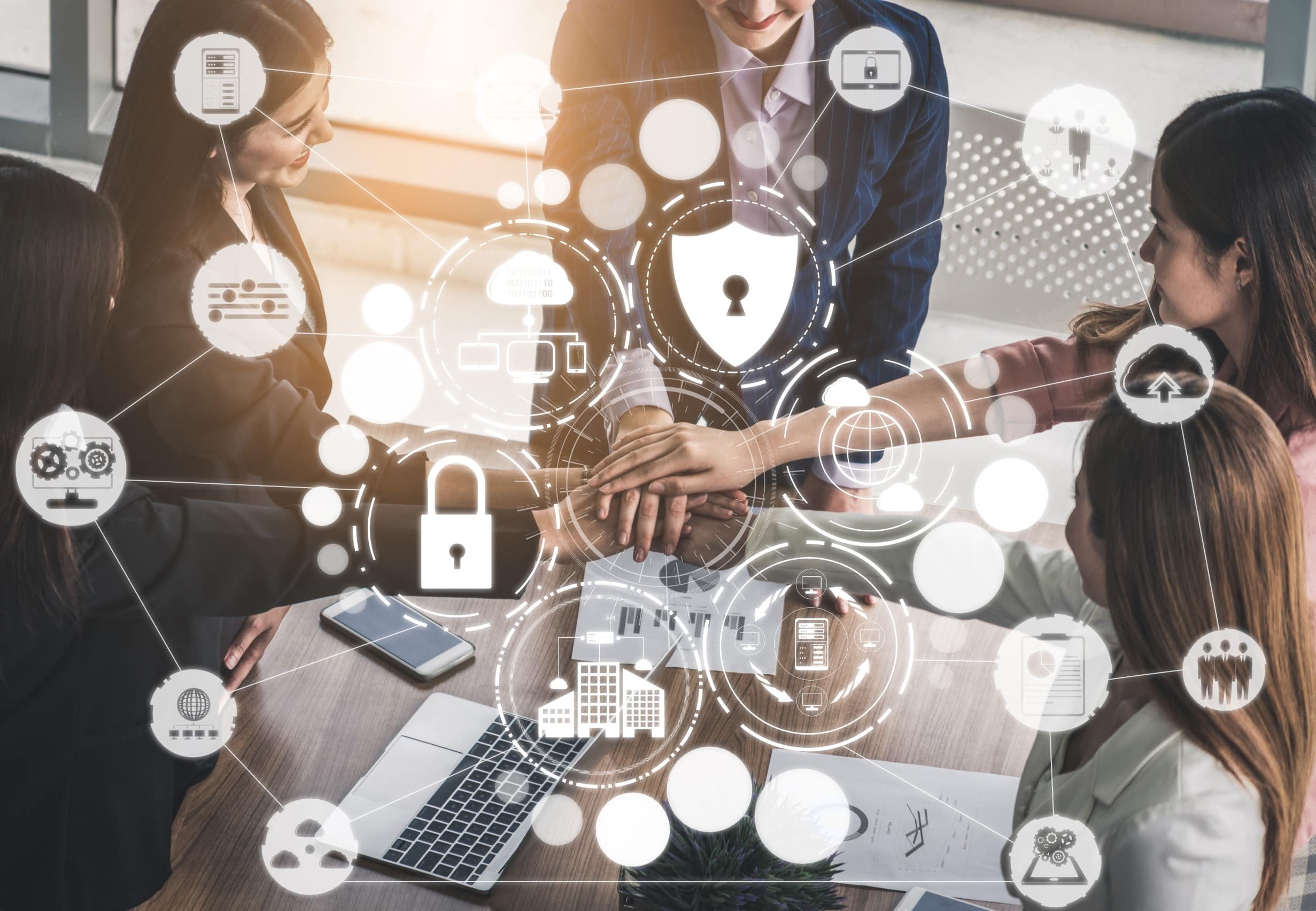
In today's digital age, ensuring the security of our technology and data has become more critical than ever. Cybersecurity threats are constantly evolving, making it essential for organizations to build a robust cybersecurity culture within their workforce. In this blog post, we will explore some tips and best practices that can help organizations in building a strong cybersecurity culture.
Leadership Commitment:
Building a cybersecurity culture starts from the top. It is important for leaders and executives to show a strong commitment to cybersecurity by setting an example and prioritizing it as a core aspect of the organization's values. By emphasizing the importance of cybersecurity, leaders can motivate employees to take it seriously.
Education and Training:
Employees are often the weakest link in cybersecurity. Lack of awareness or knowledge can lead to unintentional security breaches. Organizations should invest in regular cybersecurity training and education programs to ensure all employees are well-equipped to understand and handle potential threats appropriately. Training should cover topics such as password hygiene, social engineering awareness, and safe browsing practices.
Clear Policies and Procedures:
Establishing clear policies and procedures is essential for maintaining a strong cybersecurity culture. Organizations should create a comprehensive set of guidelines that outline best practices and expectations regarding the use of technology and handling of sensitive data. Policies should also address remote work and the use of personal devices to ensure consistent adherence to security protocols.
Regular Communication and Awareness:
Continuous communication and awareness are key to building a strong cybersecurity culture. Regularly sharing updates on emerging threats, providing tips for secure practices, and celebrating achievements in cybersecurity can help employees stay engaged and motivated. It is important to make cybersecurity a part of the everyday conversation within the organization.
Implementing Multi-factor Authentication:
Multi-factor authentication (MFA) adds an extra layer of security, making it more difficult for unauthorized individuals to gain access to sensitive information. Encouraging or mandating the use of MFA across all platforms and applications can significantly reduce the risk of unauthorized access.
Regular Auditing and Assessments:
Conducting regular cybersecurity audits and assessments allows organizations to identify vulnerabilities and areas of improvement. This helps in staying proactive and resolving potential issues before they can be exploited. Regular auditing can also help evaluate the effectiveness of training programs and policies.
Incident Response Planning:
Despite preventive measures, incidents can still occur. Having a robust incident response plan in place is crucial to swiftly identify, mitigate, and recover from security breaches. The plan should include a clear escalation process, communication protocols, and steps to handle the aftermath of an incident.
Continuous Improvement:
Cybersecurity is an ongoing process that requires constant monitoring, evaluation, and improvement. Organizations should regularly review and update their security measures based on industry best practices and evolving threats. Encourage employees to provide feedback and suggestions for improvement to foster a culture of continuous learning and adaptation.
By following these tips and best practices, organizations can build a strong cybersecurity culture that protects their technology, data, and reputation. Remember, cybersecurity is a shared responsibility, and every employee has a role to play in keeping the organization secure.